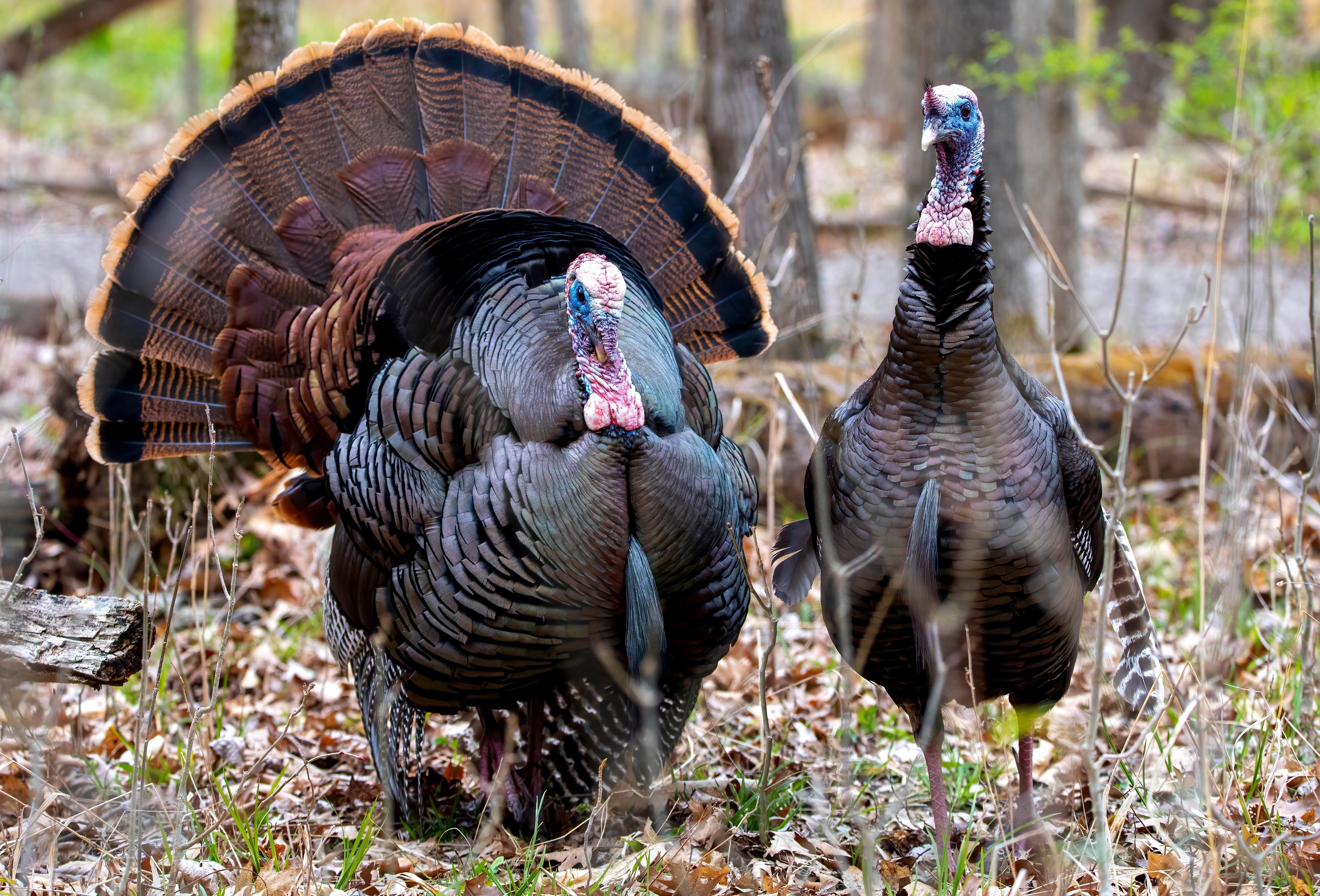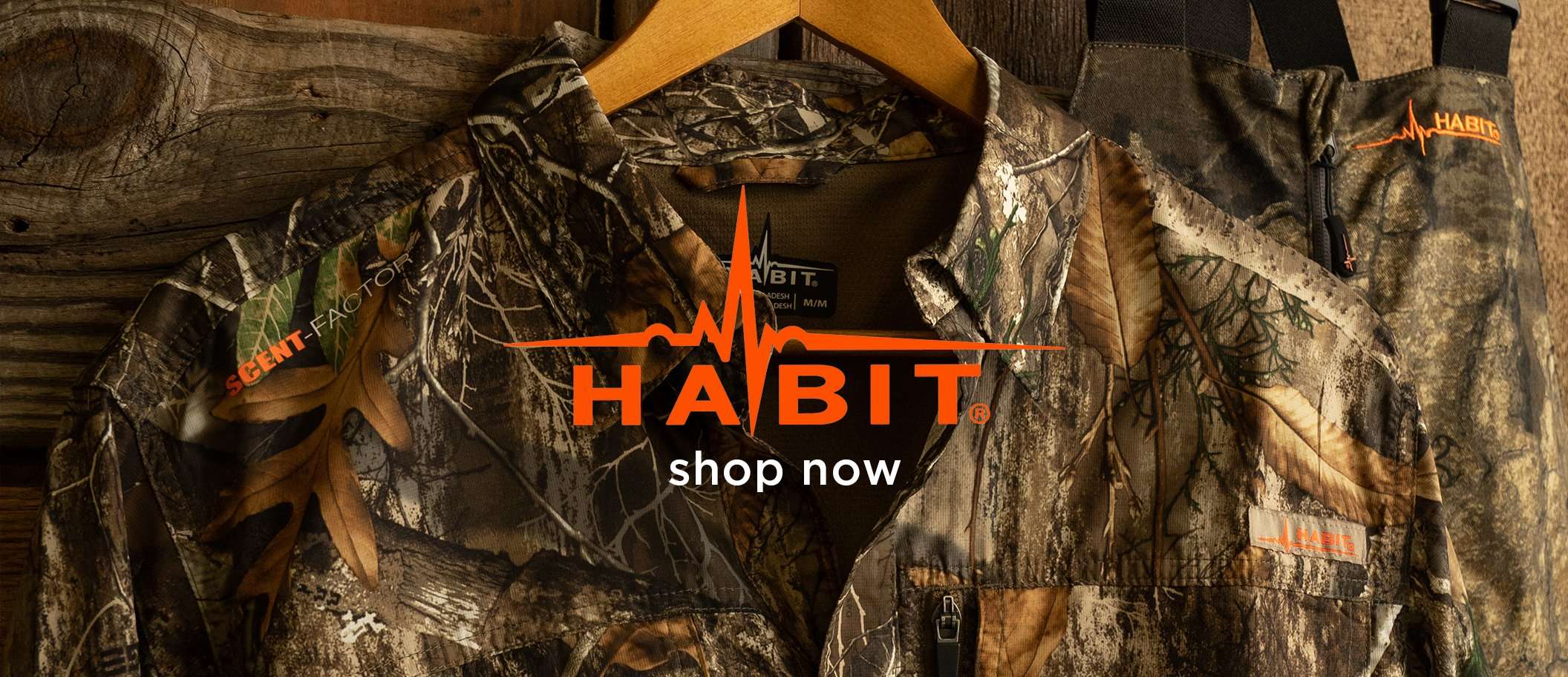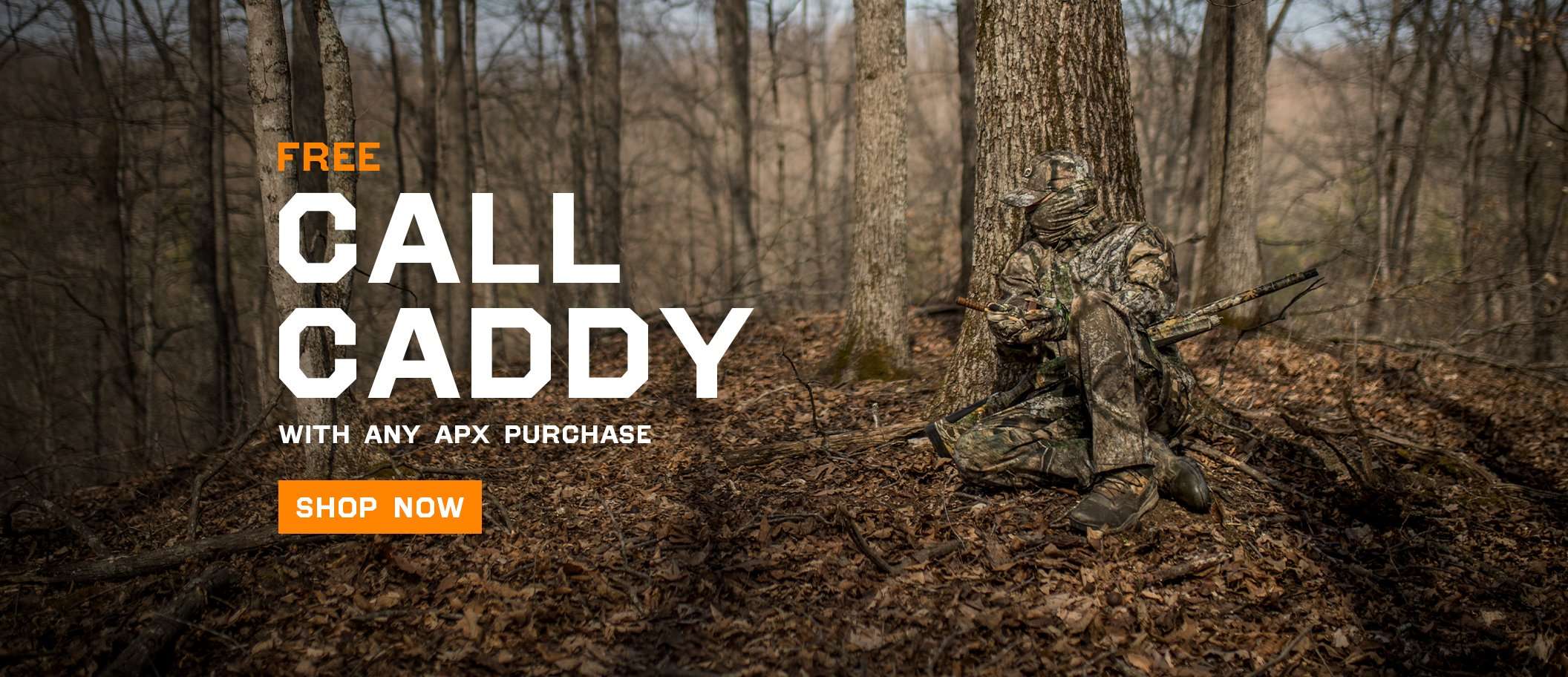Not available
Wild Turkey Population
Easterns
Turkey Subspecies
223,503
Number of Licenses Sold Annually
$23.25 to $30.25
Spring turkey license, $15; turkey stamp, $5.25; spring turkey application, $3; bonus harvest authorization, $10
Cost of Resident License and Permit
$73.25 to $85.25
Spring turkey license, $65; turkey stamp, $5.25; spring turkey application fee, $3; bonus harvest authorization, $15
Cost of Non-Resident License and Permit

Photo by Thangs1
Wisconsin had long been a sleeper state for turkey hunting, but folks are finding out about it.
Originally, 334 Missouri birds were brought to Wisconsin in 1976. As these flocks flourished and expanded their range, they were trapped and transplanted elsewhere across the state. The rest is turkey restoration history. During Spring 2023, state hunters took 42,439 turkeys. The Wisconsin Department of Natural Resources said turkey populations seem to be stabilizing at levels suitable to the landscape habitat. Turkey numbers and harvests will now likely ebb and flow in response to natural factors, such as weather and food availability.
Wisconsin is divided into seven turkey management zones. An almost ideal mix of habitat across the state's southern two-thirds — hardwood forest, farm fields, pasture land, river and creek bottoms, grassland and wetlands — finds Wisconsin turkeys thriving. The southwestern quarter of the state is the turkey's original stronghold. The western turkey country (hilly and wooded, with farmed ridges and valley bottoms) is prime, too. So is the east-central farm region (flatter, but still plenty of woods and fields). The southeastern suburban landscape has birds, too. The area is a tricky proposition for hunters, but it's possible to get landowner permission in some areas. There are even birds way up in the north woods. One downside to Wisconsin is limited public-land opportunities. Most are in the north, where turkeys are admittedly more spread out. Of course, early-season hunts — the first two or three week-long time periods — are in demand, but late-season slots are also popular. And the hunting and weather are sometimes better, anyway.












